
Malaysia SelCo Program 2025: What Are The Benefits
The Malaysian government has recently announced transformative improvement for the Solar Energy Self-Consumption (SelCo) programme, aiming to empower corporations, industries, and agricultural players with greater access to renewable energy.
These latest updates are set to take effect on January 1, 2025, and mark a significant step towards achieving the nation’s energy transition goals of 70% renewable energy capacity mix by 2050. Let’s delve into the key benefits of these groundbreaking updates and their implications for a greener Malaysia.
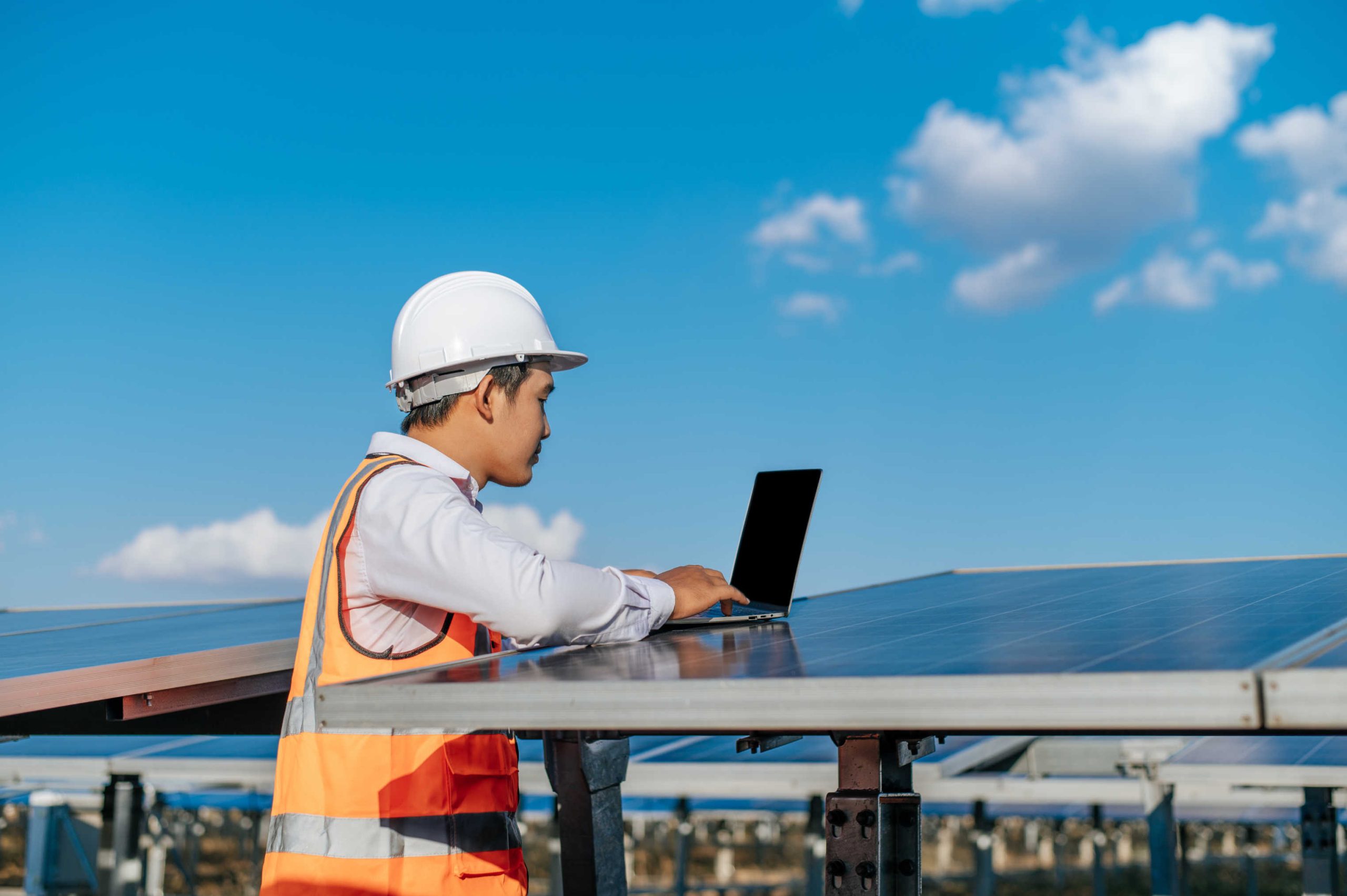
1. Broader Options for Solar PV system Installations
Previously, the SelCo programme restricted solar photovoltaic (PV) installations to rooftops with a capacity cap of 85% of a building’s maximum electricity demand. The new guidelines remove these limitations, allowing:
- Ground-mounted solar systems: Ideal for facilities with higher energy demand and ample unused land, these systems can harness solar energy on a larger scale to address the higher clean energy needs.
- Floating solar panels: Floating solar systems boast higher efficiency due to the cooling effect of water, which enhances the performance of solar panels. Utilising bodies of water within premises maximises energy generation without occupying valuable land resources.
By diversifying installation options, businesses and industries can now better optimise their available spaces for solar energy production.
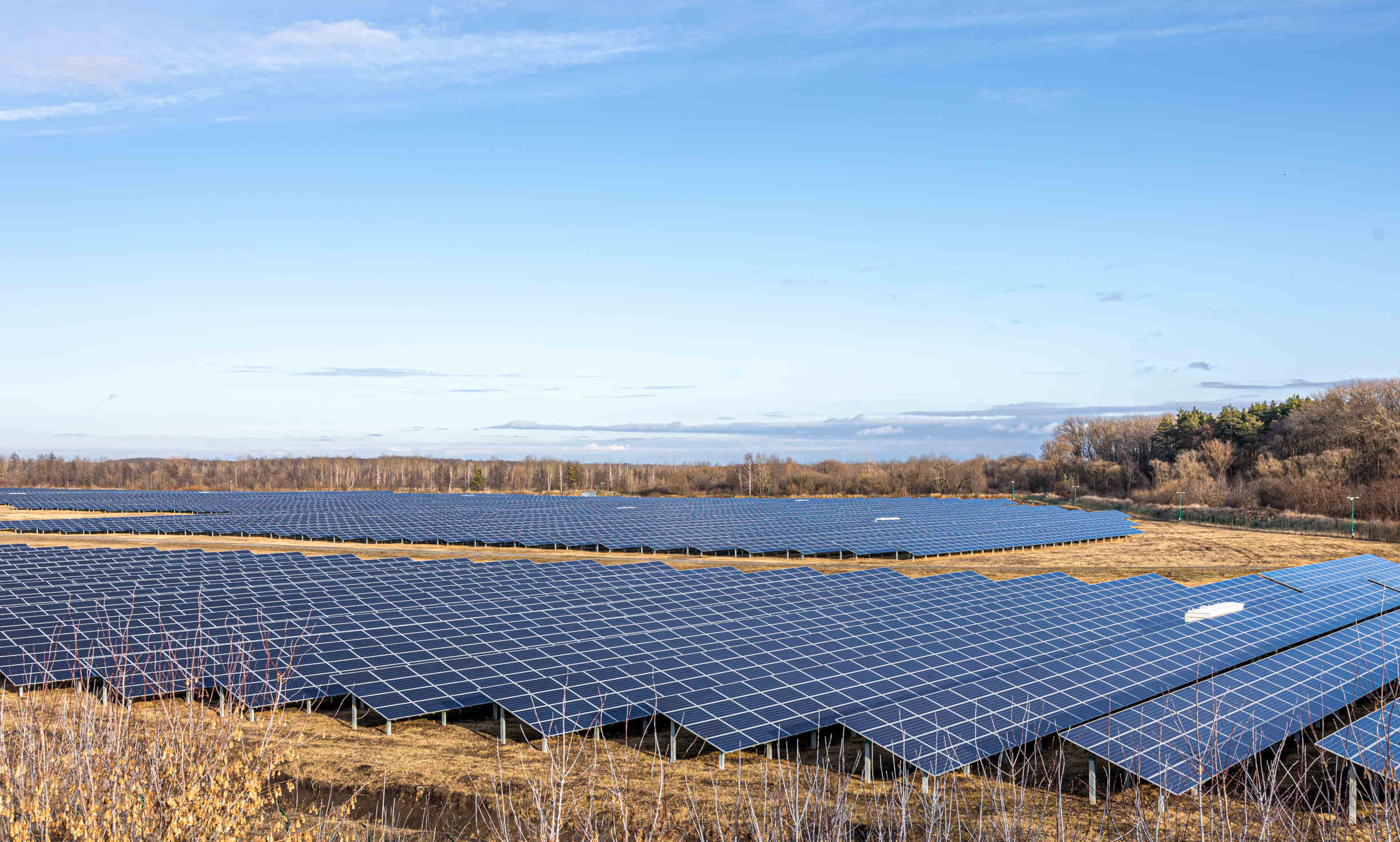
2. Removal of Capacity Limits
The removal of the 85% demand capacity cap for non-domestic users is a game-changer. Under the old guidelines, businesses often found themselves constrained by the cap and unable to meet their energy needs fully through solar power. Now, companies can achieve:
- 100% Energy independence: Companies can now fully customise their solar installations to meet 100% of their energy needs, reducing dependency on costly external electricity sources, and scale their solar installations as their energy requirements grow.
- Cost savings: Greater reliance on solar energy reduces electricity bills, as Tenaga Nasional Berhad (TNB) proposed 14% electricity tariff hike by mid-2025, underpinned by a forecast rise in coal price and liquified natural gas (LNG) prices over the three years.
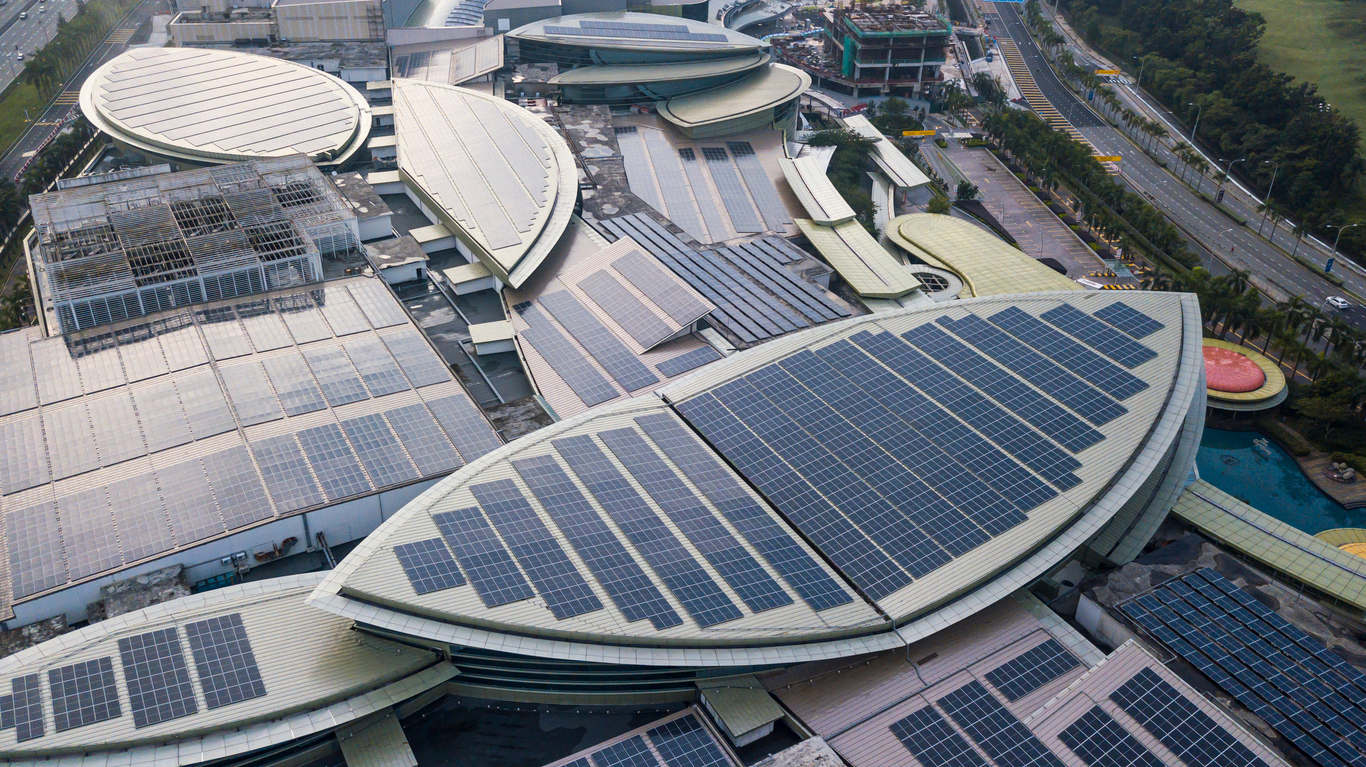
3. Empowering Agricultural Sector
For the first time, the SelCo programme will extend its reach to the agricultural sector. Agricultural enterprises can leverage solar energy to power their operations, reducing reliance on conventional electricity sources. This move not only cuts operational costs but also promotes sustainable farming practices, aligning with global environmental, social, and governance (ESG) standards.
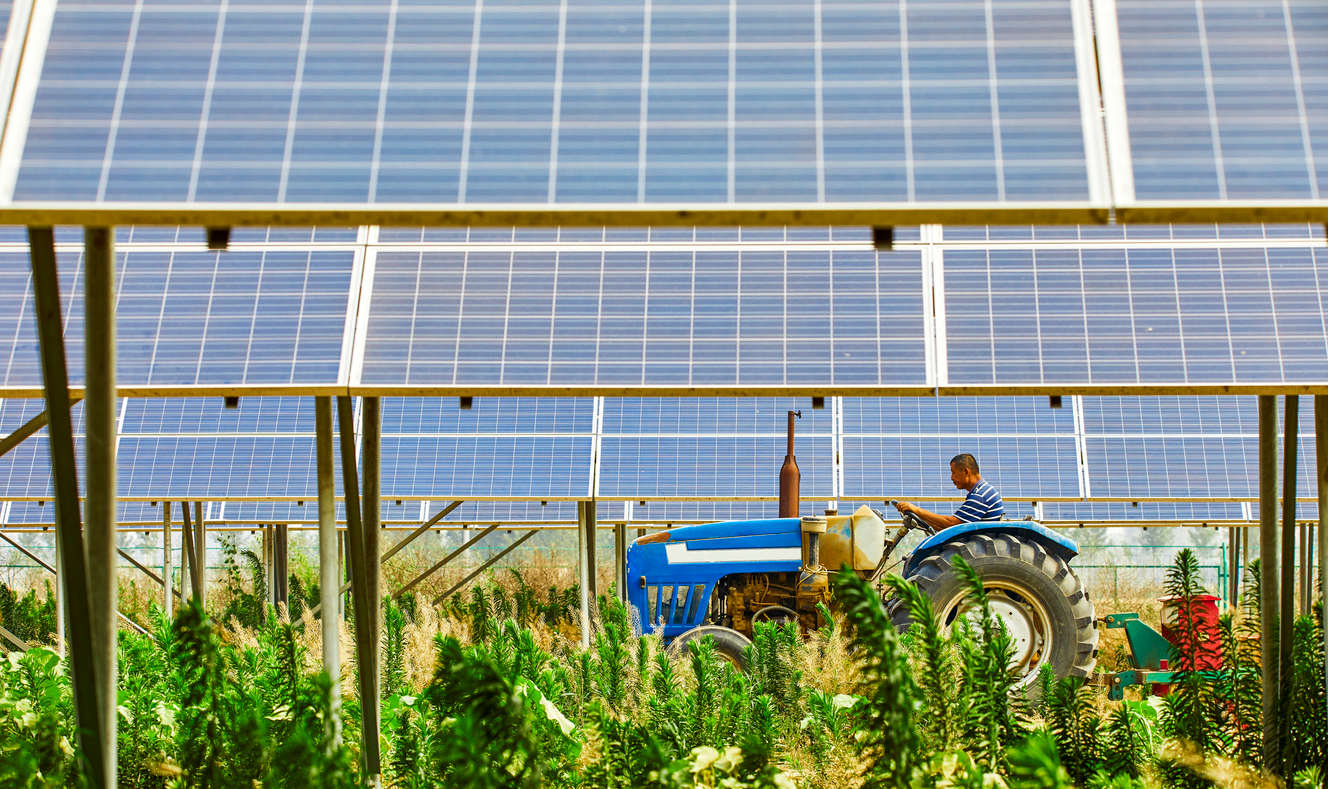
4. Mandatory Energy Storage Systems
The updated programme includes a requirement for energy storage systems (ESS) in solar PV installations, promoting the adoption of Battery Energy Storage Systems (BESS), which offer several key advantages:
- Energy Reliability and Independence: BESS allows businesses to store excess solar energy for use during periods of low generation, such as nighttime or cloudy days. It supports power outage management and ensures a stable energy supply, reducing dependence on the grid and backup generators, and maintaining operational continuity even during supply disruptions.
- Cost optimisation: BESS provides businesses with the ability to store excess energy during off-peak times, when it is cheaper and more abundant, and save it for the use of high-demand periods. This optimises energy costs, reduces peak demand charges, and improves overall operational efficiency.

5. Accelerating Energy Transition Goals
The SelCo programme’s updated guidelines directly contribute to Malaysia’s energy transition aspirations by:
- Promoting renewable energy adoption: A key step towards reducing carbon emissions and combating climate change.
- Boosting corporate ESG compliance: Companies can more effectively align with sustainability goals and attract eco-conscious investors.
- Enhancing national energy security: Greater reliance on solar energy reduces dependency on fossil fuels, fostering a more resilient energy ecosystem.
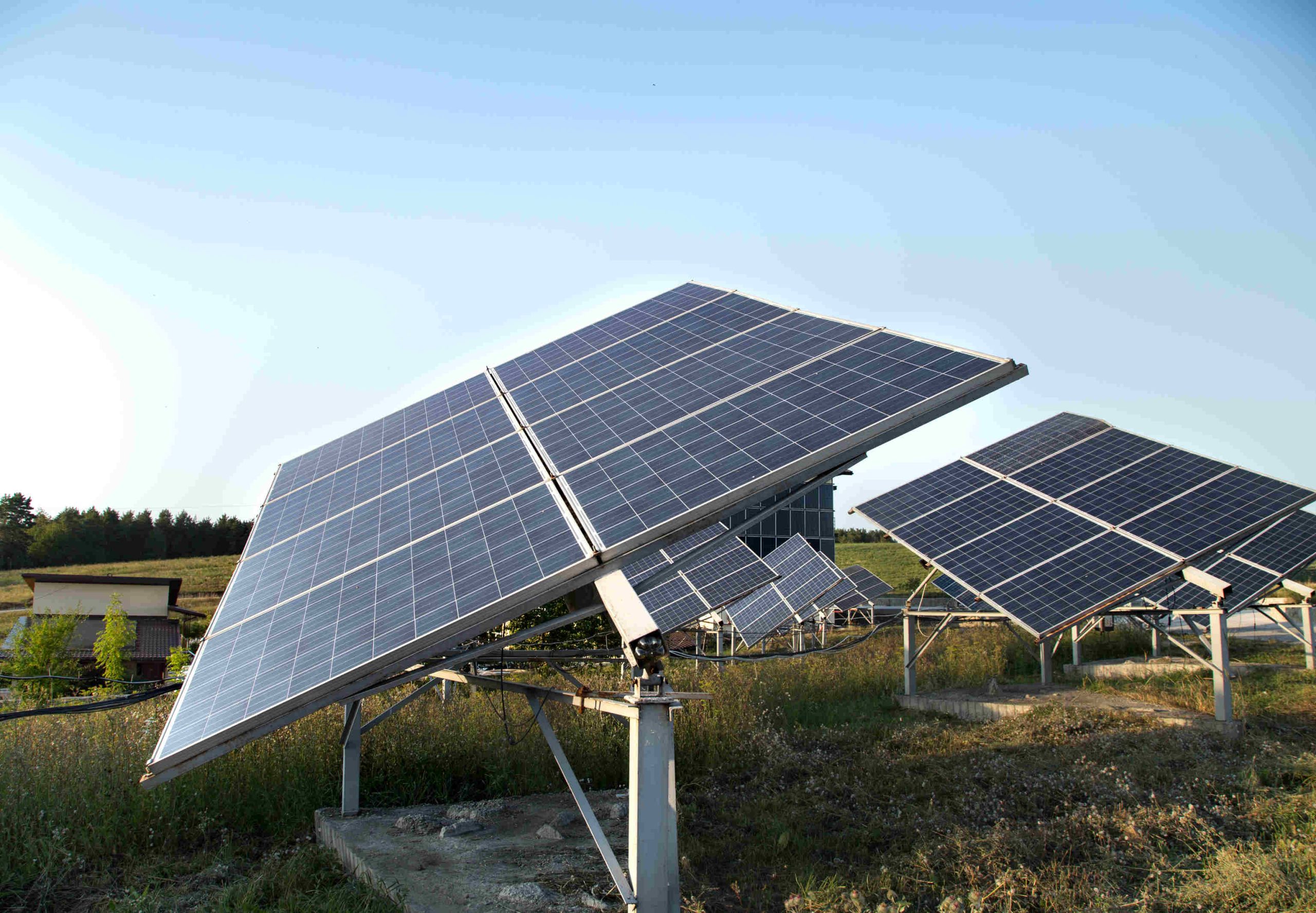
Conclusion
The expansion of the SelCo programme signals a bold and progressive shift in Malaysia’s renewable energy landscape. By opening the door to ground-mounted and floating solar systems, removing capacity limits, and integrating energy storage, the government is paving the way for a greener, more sustainable future.
The SelCo programme’s evolution not only empowers businesses but also exemplifies how proactive policy changes can drive meaningful progress in sustainability, ensuring a cleaner tomorrow for all, while strengthening Malaysia’s position as a global leader in renewable energy innovation.
Ready to Join the SelCo Programme?
At Solarvest, we’re passionate about helping your organisations in the sustainability journey. With our expertise, we’re here to help you in understanding the latest SelCo guidelines, exploring suitable solar PV options, including ground-mounted and floating systems, and customise solar solutions tailored to your unique needs.
Our experienced consultants will assist you every step of the way. Partner with Solarvest to align your operations with ESG goals and maximise renewable energy potential.
Reach out to us today to learn how we can support you in realising your clean energy goals.

Chuping, Perlis, 50MW
- 5,172 cars taken off the road
- 2,232,224 trees planted a year
- 49,108 tonnes of CO2 offsetted

Dengkil, Selangor, 13MW
- 1,345 cars taken off the road
- 580,378 trees planted a year
- 12,768 tonnes of CO2 offsetted

Manjung, Perak, 12MW
- 1,241 cars taken off the road
- 535,734 trees planted a year
- 11,786 tonnes of CO2 offsetted

Lembah Beriah, Kerian, Perak, 13MW
- 1,345 cars taken off the road
- 580,378 trees planted a year
- 12,768 tonnes of CO2 offsetted

